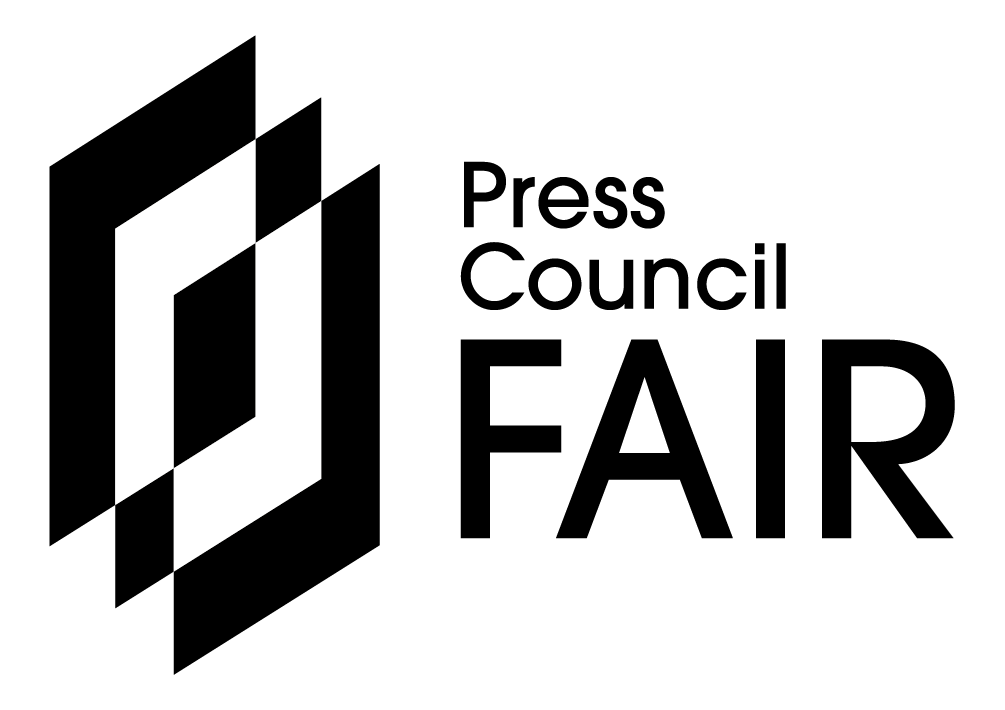BUSINESS NEWS - Toxic work environments greatly impact employees’ mental health, contributing to one in four working South Africans being diagnosed with depression.[i]
Lost productivity caused by absenteeism due to depression is estimated to cost the economy R19 billion annually.[ii]
Bullying in the workplace can take many forms, but research consistently shows that it goes largely unreported as victims choose resignation rather than risking retaliation.
More than a quarter of resignations in South Africa over the past year were due to relationship conflicts with a line manager, such as bullying or harassment.[iii]
Workplace bullying and harassment not only harm affected employees, but businesses that turn a blind eye to abuse of power also pay the price in reduced organisational performance and profits due to lost productivity, absenteeism, high staff turnover, and legal and reputational risks.
Speaking ahead of World Mental Health Day on Friday, 10 October, Prof Renata Schoeman, Head of Healthcare Leadership at Stellenbosch Business School, said that “a culture of silence is one of the most significant enablers of workplace toxicity”.
The problem is widespread – a survey of over 2000 UK employees[iv] found that 75% had experienced toxic workplaces, characterised by intimidation, hostility and harassment; and nearly 90% of those reported negative impacts on their mental health.
However, almost 60% of employees who have experienced or witnessed harassment or misconduct at work don’t report it.[v]
“Leaving harassment unchecked is not only a moral failure by business leaders: it’s a business risk. The financial impact of a drain of talent and innovative capacity, lost productivity, high staff turnover with increased recruitment and training costs, legal costs and reputational damage, can quietly destabilise even the most robust organisations.
“Beyond the economic impact lies a profound, lasting human cost: anxiety, depression, burnout, and damaged self-esteem. These invisible wounds ripple outward, affecting families, teams, and communities.
“Harassment isn’t just a workplace issue – it’s a public health concern,” Prof Schoeman said.
She said that the culture of silence was two-fold – employees choosing to leave rather than speak out, and employers reluctant to address the problem.
“Victims of harassment often choose to leave rather than fight a system that feels unresponsive or unsafe. This silence allows perpetrators to remain unchecked, perpetuating cycles of harm. It also creates a dangerous illusion of a healthy culture, preventing leadership from addressing systemic problems before they escalate into crises,” she said.
Fear of retaliation is the biggest reason that incidents of harassment or bullying go unreported, as employees fear demotion, job loss, being labelled "difficult," alienation by peers, or being denied future promotions.
A US study found that 39% of employees lack confidence that their issues will be addressed fairly or taken seriously, often due to a history of the organisation "sweeping things under the rug."
Prof Schoeman said some victims also felt self-blame and guilt, feeling that they may be partially responsible or should have done more to prevent the problem.
Further issues hampering reporting are unclear definitions of what constitutes a reportable offence, and a lack of clear, safe reporting processes.
“Even well-meaning managers may avoid difficult conversations or underestimate the severity of ‘minor’ incidents. Without clear policies, trusted reporting channels, and a culture of accountability, silence becomes the norm,” she said.
A toxic work environment is characterised by negative behaviours from management and employees, including bullying, manipulation, belittling, and threats. In such cultures, employees often feel punished, rejected, humiliated, and fearful of speaking up or raising concerns.
Common signs include a lack of trust, high turnover rates, unhealthy work boundaries, gaslighting, and pervasive low morale and poor employee engagement.
Prof Schoeman said organisational leadership was “overwhelmingly identified” as a primary driver of toxic cultures, with 60% of employees[vi] holding senior and middle management responsible, “often citing a lack of empathy and a disconnect between stated company values and leadership actions”.
“Leaders are key role models and must put their weight behind culture change by reflecting on how their own behaviour, communication, and decision-making impact the environment.
“At the organisational level, proactive prevention and effective management are not merely best practices but legal and financial imperatives. Key organisational strategies must include adopting zero-tolerance policies, conducting regular risk assessments, providing continuous training, fostering supportive and empathetic leadership, and establishing confidential, trusted channels for reporting and resolving grievances,” she said.
In addition, she said, employers are legally required to prevent and act against harassment and discrimination, under the Employment Equity Act and the Code of Good Practice on the Prevention and Elimination of Harassment in the Workplace.
The Code establishes clear definitions of harassment, mandates comprehensive employer obligations, and details both vicarious and direct liability for failing to create a safe work environment.
What can organisations do?
Creating a healthy workplace requires a multi-faceted and continuous effort, moving from a reactive to a proactive stance, Prof Schoeman says.
She outlined practical advice for companies to prevent toxic work cultures developing and act against harassment and bullying.
- Develop a zero-tolerance policy: A comprehensive, clearly communicated policy is the cornerstone of any prevention strategy.
- Training and education: Conduct regular, mandatory training for all employees and managers – particularly covering the definition of harassment, the company's policy and reporting procedures, and developing empathy in leadership.
- Ensure supportive and accountable leadership: Leadership must champion and model a culture of respect.
- Promote equality and diversity: Actively work to eliminate bias. This includes reviewing hiring processes, promoting pay equity, and increasing diversity at senior levels to ensure fair representation.
- Prioritise psychological safety: Cultivate an environment where employees feel safe to give honest feedback, ask questions, and share ideas without fear of retribution.
Effective response and support mechanisms are critical for enabling employees to report abuse in confidence and safely.
- Establish safe and clear reporting channels: Provide multiple, confidential avenues for employees to report concerns, including anonymous options. This builds trust and encourages employees to speak up.
- Guarantee robust and fair investigations: Ensure that all complaints are investigated swiftly, thoroughly, and impartially, preferably by a trained third party. The process must be transparent and protect the confidentiality of those involved.
- Provide flexible work and support: Offer flexible working arrangements to help employees manage stress and improve well-being. Provide access to mental health tools and support.
“The impact of unchecked harassment and toxic cultures is severe, affecting both individual well-being and organisational stability and performance. Breaking the silence is vital for a healthy economy and society,” she said.
- [i] SA Depression and Anxiety Support Group.
- [ii] Old Mutual and Employee Assistance Professionals Association-South Africa (EAPA-SA).
- [iii] Old Mutual/Remchannel.
- [iv] Oak Engage. 2023.
- [v] HR Acuity. 2023.
- [vi] Oak Engage. 2023.
‘We bring you the latest Garden Route, Hessequa, Karoo news’
















